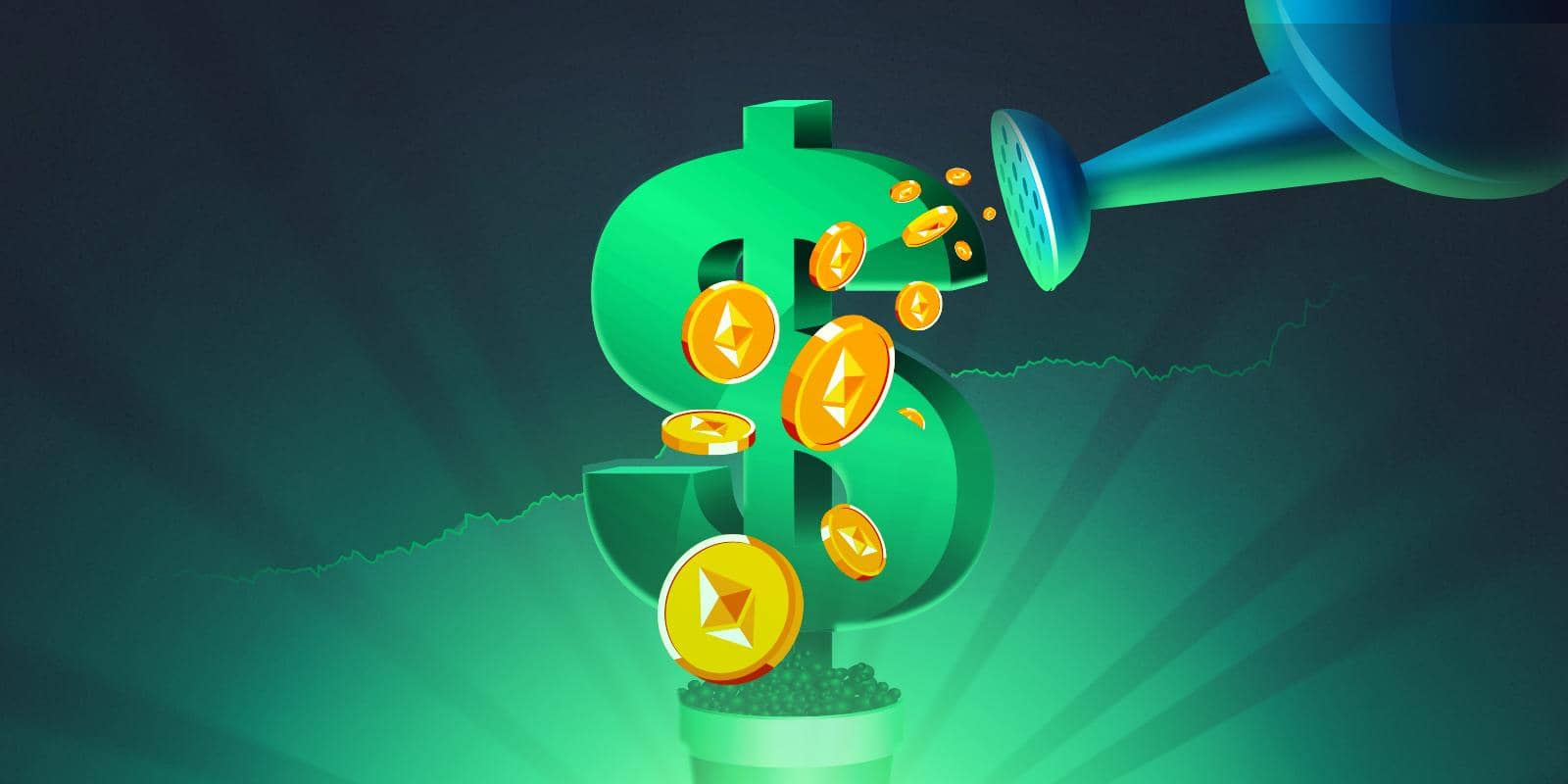Content
- Staking vs Yield Farming vs Liquidity Mining: Key Differences
- Balancer Pool
- How does Liquidity Mining Work?
- Passive income streams in DeFi – Staking , Yield Farming and Liquidity Mining
- A Beginner’s Guide to Decentralized Finance (DeFi)
- Benefits of Liquidity Mining
- Risks related to Liquidity Mining
- Security threats
In general, liquidity mining is treated as a form of taxable income and may be subject to income tax, capital gains tax, or other taxes depending on the specific regulations and laws in the country. Ultimately, the choice between a CEX and DEX depends on the individual’s preferences and risk tolerance. There are many risk factors in yield farming that could leave you sitting high and dry…in an empty pool. This will be explained further when discussing the risks of yield farming. Invest in Switch Pool as Liquidity Provider and experience the great potential of yield farming.

In order to participate in the network as a validator, you must stake a certain amount of ADA. The more ADA you stake, the higher your chances of being selected to validate transactions and earn rewards. Validators are chosen randomly, but those with larger stakes have a better chance of being selected. Staking involves holding a cryptocurrency asset in a designated wallet for a specified period to earn rewards in the form of more of the same cryptocurrency or other assets.
Staking vs Yield Farming vs Liquidity Mining: Key Differences
I got pulled into locked mining where I invested a smaller value I get daily return. I locked another mining machine and was overdue, but I was not communicated of the T&C. After my second profit withdrawal, the platform locked my account and demand me to deposit 30,000 USD to unlock the balance. That link, coinbase-udt[.]cc, presents a mobile format website and pops up a QR code containing a link formatted specifically for crypto wallets compatible with the WalletConnect protocol. If a browser wallet extension such as MetaMask is present, it will automatically ask the user if they want to connect their wallet.

These rewards are usually a percentage of the staked cryptocurrency or additional tokens generated by the network. The third issue with liquidity mining is the possibility of rug pulls, one among many crypto scams. what is liquidity mining DeFi rug pulls can always happen easily, and this usually affects newly launched tokens. A creator of a liquidity pool might shut it down at any time and walk away with the assets that you’ve invested.
Balancer Pool
This is done by using their liquidity pool tokens to participate in various DeFi activities, such as lending, borrowing, or trading. Crypto assets are stored into a smart contract-based liquidity pool like ETH/USD by investors known as yield farmers, and the practice is known as Yield Farming. These tokens can be borrowed for margin trading by users of the lending platform.

Staking is relatively simple and straightforward, as it involves holding your digital assets in a wallet. Yield farming and liquidity mining, on the other hand, are more complex, as they involve moving your digital assets between different liquidity pools or providing liquidity to these pools. Security risks – technical vulnerabilities could cause hackers to take advantage of DeFi protocols to steal funds and cause havoc. Such security incidents are common within the cryptocurrency space because most projects are open source, with the underlying code publicly available for viewing. Security hacks can lead to losses due to theft of tokens held within the liquidity pools or a fall in token price following the negative publicity.
How does Liquidity Mining Work?
Take, for example, an ETH/DAI pool; because DAI is a stablecoin, its value basis is the US dollar. One of the most significant benefits of yield farming is the potential for high returns. Of course, not all protocols offer such high returns, and the returns are subject to change due to https://xcritical.com/ market conditions. However, the potential for high returns is undoubtedly a significant draw for yield farmers. Finally, staking can offer higher returns compared to other investment strategies. First, let’s consider the cryptocurrency Cardano , which uses a PoS consensus mechanism.
Investors with smaller initial capital can easily participate in the liquidity mining process because most platforms allow minimal deposits. They also can reinvest their profits to increase their stakes in the liquidity pools. Based on the trading pair you choose, you can also be exposed to sizable yields that are more than what other methods offer. For instance, there is a solid probability that the pool will offer triple-digit APYs if you want to provide liquidity for a brand-new and unknown crypto asset. Farming is widespread since it may produce double-digit returns even on very liquid pairs.
Passive income streams in DeFi – Staking , Yield Farming and Liquidity Mining
The ongoing hype about cryptocurrency trading and the vast sums of digital wealth some have made in crypto markets is a strong lure for some would-be investors. Centralized exchanges and decentralized exchanges are two types of platforms that allow users to buy, sell, and trade cryptocurrencies. In return for providing liquidity, users are given newly minted tokens or a portion of the transaction fees generated by the platform. The rewards are distributed proportionally to the amount of liquidity provided, and the longer the liquidity is held, the higher the rewards can be. Liquidation or impermanent loss occurs when the value of the token that was invested into the liquidity pool loses a certain amount of value the DEX will liquidate.
- In yield farming, crypto holders deposit their funds to liquidity pools in order to provide liquidity to other users.
- Start learning more about liquidity farming on DeFi protocols and the best ways to capitalize on the available prospects.
- Liquidity providers earn a percentage of the trading fees generated on the exchange, which can be significantly higher than traditional savings accounts or even some investment vehicles.
- We are continuing to collect information on other scams, including several we’ve identified that use fake mobile applications on both Android and iOS to offer a more convincing front to their fraud.
- The pool is also sometimes referred to as a ‘order book’ or a ‘market maker’.
- The key to minimizing impermanent loss in liquidity mining is to carefully evaluate the risk and reward of any opportunity before participating.
In addition to earning rewards, liquidity mining can also provide users with exposure to new DeFi protocols and projects. By participating in liquidity mining, users can support and contribute to the growth of new protocols, and can even be rewarded with early access to new products and services. Users can earn rewards simply by providing liquidity to a protocol, without having to actively trade or engage in any other activities. This can be an attractive option for those who want to earn a steady stream of income without putting in a lot of effort. Simply put, if the price of your cryptocurrency changes too much after you put it into the cryptocurrency pool, you may end up with a lower overall value.
A Beginner’s Guide to Decentralized Finance (DeFi)
However, many also mistakenly believe that IL is more complex than it really is. Calculating and predicting IL may be an entirely different story, but the basic functioning of impermanent loss is relatively simple. Volatility profiles based on trailing-three-year calculations of the standard deviation of service investment returns.
Benefits of Liquidity Mining
It can be done by hand, but advanced investors can automate the process via smart contracts. Yield farmers make investments across many types of interest-generating assets. This includes crypto staking in proof-of-stake cryptocurrencies, lending or borrowing funds on various platforms, and adding liquidity to DEX platforms. Yes, liquidity mining is an important part of the yield farming strategy. The automated type of yield farming provides a significant amount of the DEX trading volume that drives liquidity rewards higher.
